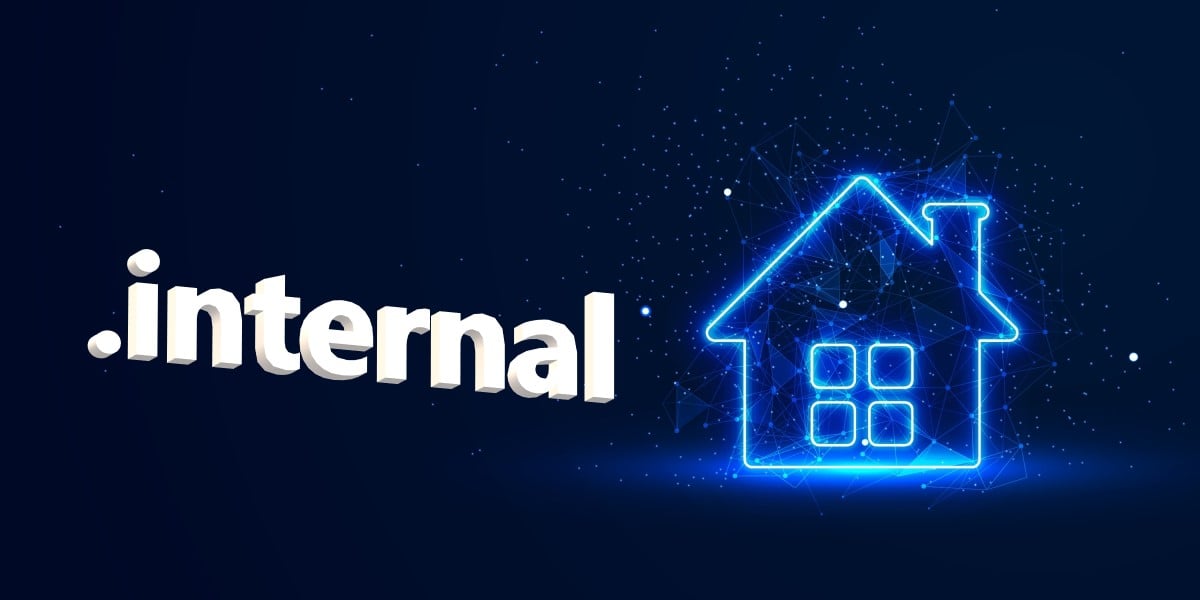It would have been nice if they came up with something shorter like .lan.
Use it anyway.
You go to networking jail for that.
Shit, let’s hope the ICANN cops don’t find me out then… I’ve been using it for years!
418
“I hereby sentence you to two years on your own VLAN with no gateway”
“Please Mr. Router, mercy!”
iptables -I APPEALS -j DROP
Sorry. I chose .local and I’m sticking to it.
I switched from .local to .honk and I’m never looking back.
Fucking GENIUS.
I don’t get it.
I still haven’t heard a convincing argument to not use .local and I see no reason to stop.
Mainly conflicts with mDNS. However it’s shitty IMHO that the mDNS spec snarfed a domain already in widespread use, should have used .mDNS or similar.
It should be reserved for sex toys.
Just saying.
Why do I care what ICANN says I can do on my own network? It’s my network, I do what I want.
Try using .com for your internal network and watch the problems arise. Their choice to reserve .internal helps people avoid fqdn collisions.
Well as long as the TLD isn’t used by anyone it should work internally regardless of what ICANN says, especially if I add it to etc/hosts
Browsers barf at non https now. What are we supposed to do about certificates?
If you mean properly signed certificates (as opposed to self-signed) you’ll need a domain name, and you’ll need your LAN DNS server to resolve a made-up subdomain like
lan.domain.com. With that you can get a wildcard Let’s Encrypt certificate for*.lan.domain.comand all yourhttps://whatever.lan.domain.comURLs will work normally in any browser (for as long as you’re on the LAN).Right, main point of my comment is that .internal is harder to use that it immediately sounds. I don’t even know how to install a new CA root into Android Firefox. Maybe there is a way to do it, but it is pretty limited compared to the desktop version.
You do not have to install a root CA if you use let’s encrypt, their root certificate is trusted by any system and your requested wildcard Certificate is trusted via chain of trust
That’s if you have a regular domain instead of.internal unless I’m mixing something. Topic of thread is .internal as if it were something new. Using a regular domain and public CA has always been possible.






